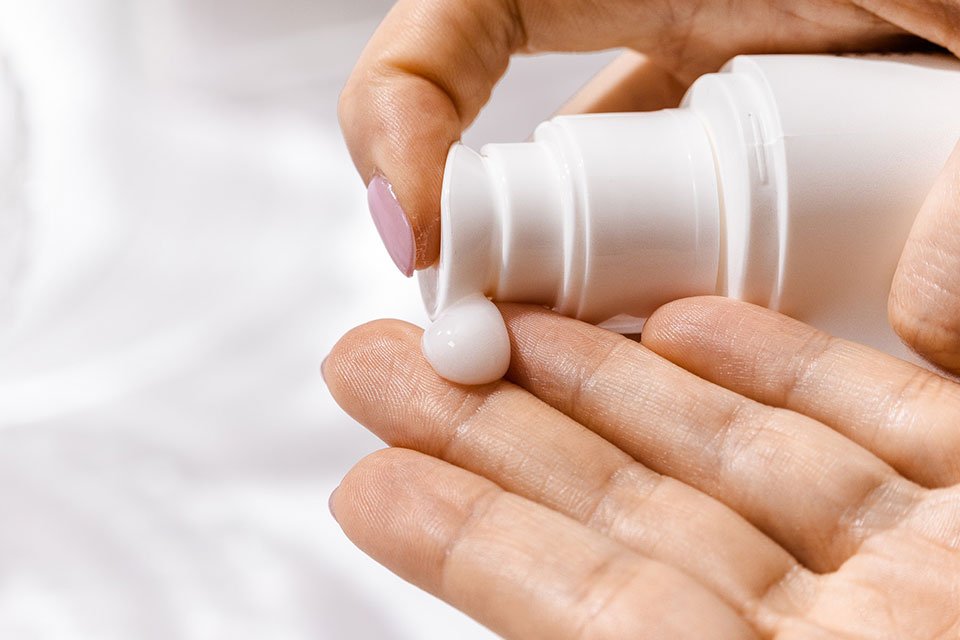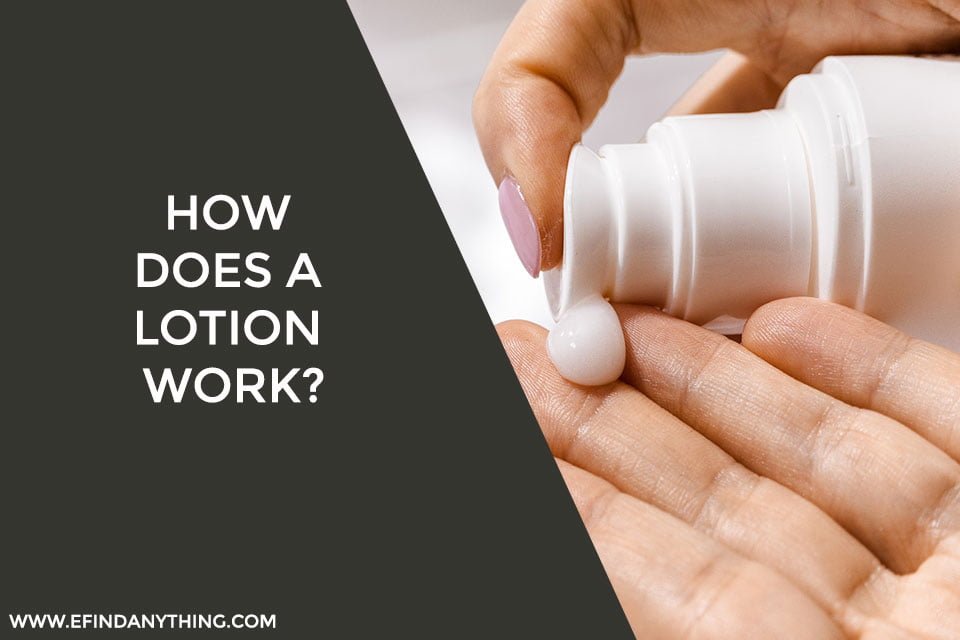
The indoor air gets drier when temperatures drop and the heater kicks on. People use moisturisers to ease the unsightly and irritating effects of dry skin. As the name suggests, a lotion cream’s job is to moisten skin. Normal evaporation from the skin, or transepidermal water loss, is the cause of skin dryness. The skin’s middle layer’s dermis is the only one that receives water from the blood vessels. The water then travels outward via the epidermis and eventually evaporates. The epidermis layer’s moisture is preserved or restored by the lotion cream.
Human skin relies on the presence of water to maintain its role as the first line of defence against environmental aggressors. It’s not uncommon for the skin’s protective barrier to become compromised. When the skin’s protective barrier is compromised, the skin’s natural moisture can readily evaporate and be absorbed by the air, leading to dryness. Moisturisers can usually alleviate this dryness.
Lotion creams come in blends of ingredients: Occlusives, Emollients and Humectants. The ratio of each element makes a significant difference between different types of moisturisers.
Table of Contents
Occlusives
Occlusives are essential, time-tested lotions and creams. Because they create an impenetrable barrier over the skin, they prevent moisture loss and keep the skin supple. Petroleum jelly, often called Vaseline, is the gold standard for occlusives and creams. It reduces TEWL by 98%. Occlusives are molecules that repel water due to their lengthy carbon.
Emollients
Emollient moisturisers are more popular these days. Instead of coating the skin, these are designed to penetrate the skin, making the skin softer and more flexible. They are made from similar chemicals as occlusives: molecules with long carbon chains like stearates and castor oil, but they work differently.
The outermost layer of the skin has a ‘brick-and-mortar’ structure linked by proteins where the bricks are dead cells called corneocytes, and layers make the mortar of lipids. Corneocytes form a strong barrier between the body and the bacteria, keeping the microbes and toxins in the outside world. The ‘brick and mortar’ stacks are more significant in the hands and thinner on the face because these areas have a higher percentage of looser skin. Fractures form between the clusters of corneocytes as protein connections disintegrate in dry air. Emollients prevent TEWL from worsening and make the skin feel silky smooth by penetrating deep into the dermis.
Humectants
The watery consistency of most humectants makes them ideal for use on all skin types. It aids in the Epidermis’ ability to both attract and retain moisture. Flaky, dry skin is alleviated, and the appearance of newer, hydrated cells is improved. Ceramides, waxy molecules that limit transepidermal water loss, are also produced more naturally by the body due to these factors. Because it can suck too much moisture from your skin’s deeper layer when you’re in a dry environment, such as on an aeroplane, it can’t be used as a standalone component in a lotion cream.
Conclusion
Therefore, one must retain all its moisture to keep the skin functioning properly. People with oily skin already can retain moisture from the natural oil, sebum, produced by their skin. Therefore, they will need fewer heavy-duty moisturisers than people with dry skin types. On the other side, those with more dehydrated skin will require more heavy-duty, rich, and occlusive products to seal in the moisture their skin cannot naturally retain as they do not produce enough oil.





